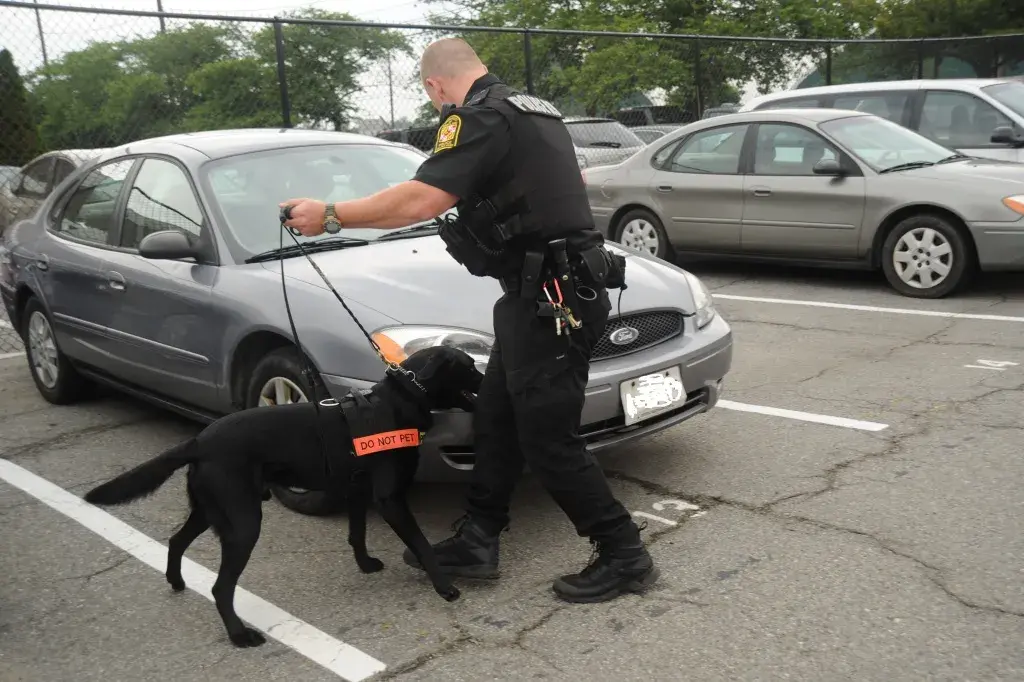Canines trained to sniff out explosives are a crucial line of defense when it comes to protecting our nation. The Department of Homeland Security Science and Technology Directorate's (S&T) Detection Canine Program is conducting independent assessments and developing products to assist canine explosive teams to better accomplish their missions.
One of the biggest challenges in the training and testing of canine teams results from the explosives materials themselves - especially new homemade explosives. Due to the potential safety risks of explosives, only specially trained federal explosive technicians can provide the material for training and testing. This not only limits training times and opportunities, but also increases the costs since the technicians must travel to a central location for multi-day training events.
from the explosives materials themselves - especially new homemade explosives. Due to the potential safety risks of explosives, only specially trained federal explosive technicians can provide the material for training and testing. This not only limits training times and opportunities, but also increases the costs since the technicians must travel to a central location for multi-day training events.
Canine Program Manager Don Roberts and his team oversaw the development of a new, S&T funded training aid that matches the scent of explosive materials but poses no danger to the trainers, the canines or the environment. It is currently undergoing field testing within federal, state and local canine detection teams. A key objective was to for the canines to react to the non-hazardous, non-explosive training aid the same way they would actual explosive material.
“It doesn’t go boom if you drop it, hit it or light it on fire,” he emphasized. “That allows teams to take the training from the very controlled environment we currently have to train in for safety reasons and put it in a real-world scenario – for example putting the odor in a cinder block and seeing if the dog can find it. We can put this new training aid in car wheel wells, airports etc., without fear that they’ll explode.”
S&T’s partner, Johns Hopkins Applied Physics Lab, developed the new training aid, Roberts said. After a number of trials, they’re ready to transfer the technology to the Transportation Security Administration, the primary customer for the aid. The bigger news, according to Roberts, is that the product was also designed to fit first responders’ needs as well.
“The design price point and usability factor has been geared to the first responder community – state and local explosive detection dogs who don’t have the regular training support TSA has. They are the ones who really need these products,” said Roberts.
The training aids are made to be thrown away after being used. These aids can last for over eight hours and can be stored up to two years. The scent can be dissolved in water, as opposed to the previous explosive training materials, which required special handling, transport and had to be stored in a bunker.
“This exceeds our design criteria in that the dogs react to this scent as well as they do the actual explosive training material,” Roberts said. “It matches the scent picture perfectly. We’ve done the testing to confirm the design performs in the field to the level required, and we are rolling it out to the field.”
He expects a second scent will be released later this year. The second stage of the program, beginning in March, will finalize licensing rights so that the material can be produced outside of the federal government.
